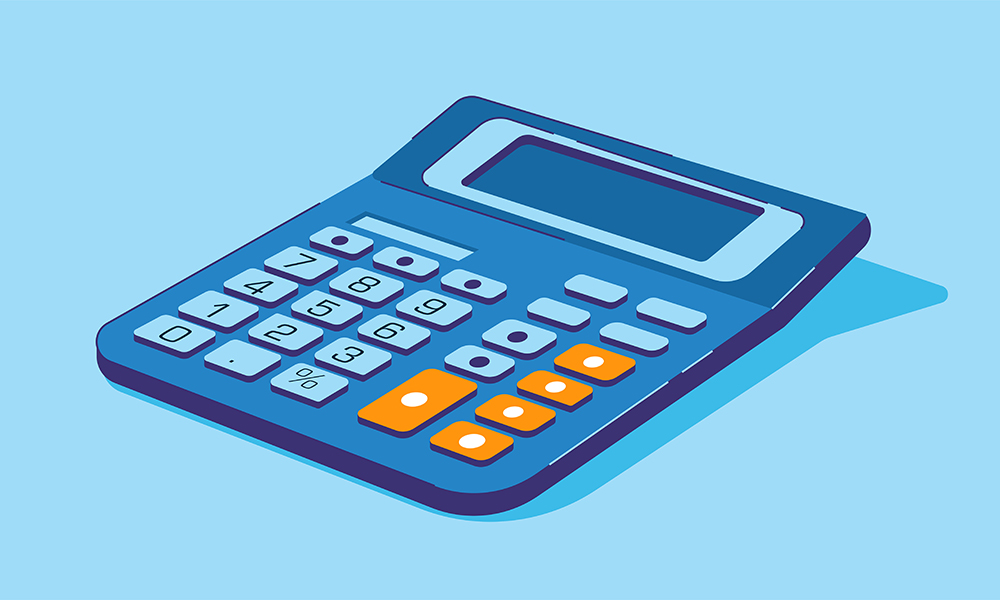What is Fair Value Accounting?
Back to all Small Business guides

Fair value accounting is the practice of measuring and reporting your businesses assets and liabilities at their current market value, that is, the amount that an asset could be sold for (or that liability could be settled for) that's deemed fair to both buyers and seller. It is one of the most widely recognised valuation standards, and it's particularly important when a company is sold or assets are acquired.
Key concepts behind fair value accounting
In order to understand fair value accounting, it's essential to be aware of several key concepts that form the basis of this method.
1. Market conditions
Firstly, it should be noted that the fair value of an asset is based on the market conditions on the date of measurement rather than on historical transactions.
2. Intent
The intention of the holder of an asset or liability should be irrelevant when calculating fair value. For example, if they want to sell an asset immediately, it could lead to a rushed sale and therefore, a lower price.
3. Orderly transaction
Indeed, fair value is based on an orderly transaction where there is no pressure to sell. For this reason, fair value accounting does not apply to companies going through liquidation.
4. Third-party
Fair value is also derived based on a sale to a third party rather than anyone related to the seller or the business. Otherwise, a related-party transaction could impact the price paid.
How to value assets and liabilities
Fair value is designed to enhance consistency and comparability in measurements through a fair value hierarchy. This hierarchy categorises the three levels of input data that can be used in valuation techniques. Solutions closer to level 1 are generally preferred to level 3.
Level 1: Uses the quoted prices associated with actual market transactions for similar or identical assets and liabilities in active markets. An active market is a market where transactions for assets and liabilities are done frequently and at a volume, such as a stock exchange.
Level 2: Refers to observable information for similar items in active or inactive markets rather than quoted prices. This could include quoted prices for two buildings in similar locations.
Level 3: Where level 1 and 2 data are unavailable, fair value is estimated using unobservable inputs, thereby allowing for situations in which there is little or no market activity of the asset or liability at the measurement date. This may be the case when markets are non-existent or illiquid. Examples include company data, such as your financial forecast.
Remember, these levels are used to select your inputs to different valuation techniques, not to estimate the fair value of the assets themselves. Again, there are three general approaches to do this, and it's essential to choose the best for your company and asset type as the outcomes can vary significantly. It may also be the case that multiple techniques will be most appropriate.
- Market approach: Uses prices associated with actual market transactions for similar or identical assets and liabilities to derive a fair value.
- Income approach: Uses estimated future cash flows or earnings, adjusted by a discount rate representing the risk of cash flows not being achieved to derive a discounted present value.
- Cost approach: Uses the estimated cost of replacing an asset, adjusted for the obsolescence of the asset.
Advantages and disadvantages of fair value accounting
Fair value accounting offers many advantages, which is why it's such a widely used accounting method. Key among them is the accuracy it provides as valuations will adapt based on market fluctuations. It is also adaptable to many different asset types. Fair value accounting also limits a company's ability to manipulate its reported net income by selling certain assets to use the gains or losses to increase or decrease net income at a specific time. Using fair value accounting, any such gains or losses will be reported in the period they occur.
It should be noted, however, that fair value accounting can lead to significant fluctuations in the value of assets and liabilities depending on the market conditions at the time. In volatile markets, these swings can be substantial. However, as markets stabilise, values will likely return to normal levels, making any reported losses or gains temporary. It does, however, mean that fair value accounting may have provided misleading information at certain times.
Fair value vs. historical cost accounting
An alternative means of recording the price or value of assets and liabilities is historical cost accounting. This simple method values assets and liabilities at the price they were exchanged for. In other words, historical cost accounting will tell you the cost of the asset, which will remain static throughout the asset's lifetime. It is most commonly used for intangible and fixed assets. Unlike fair value, historical cost accounting is permanent and is recorded in the balance sheet at the same amount every year without updating and review. The fair value accounting method requires regular updating and review as the asset value changes.